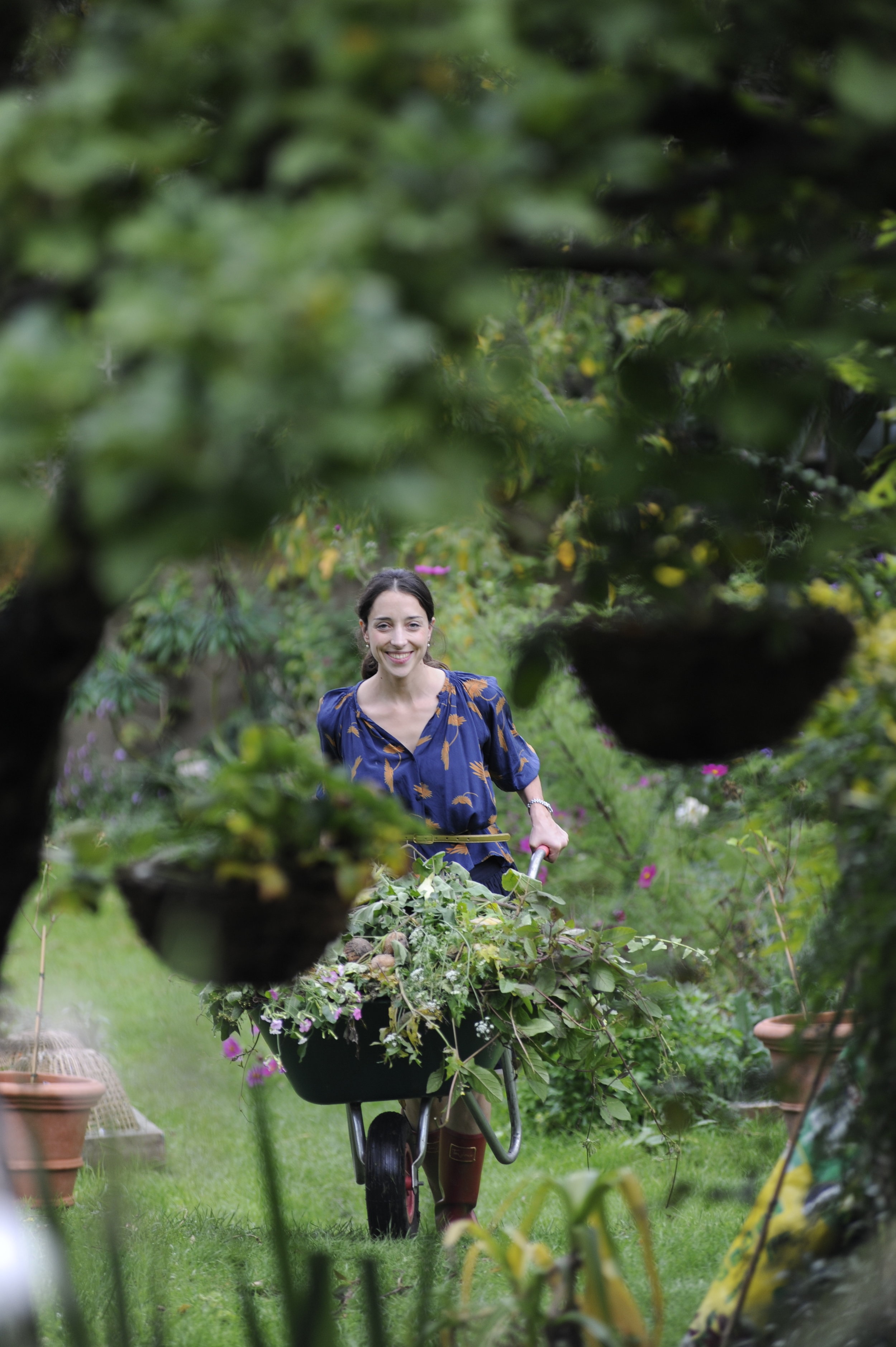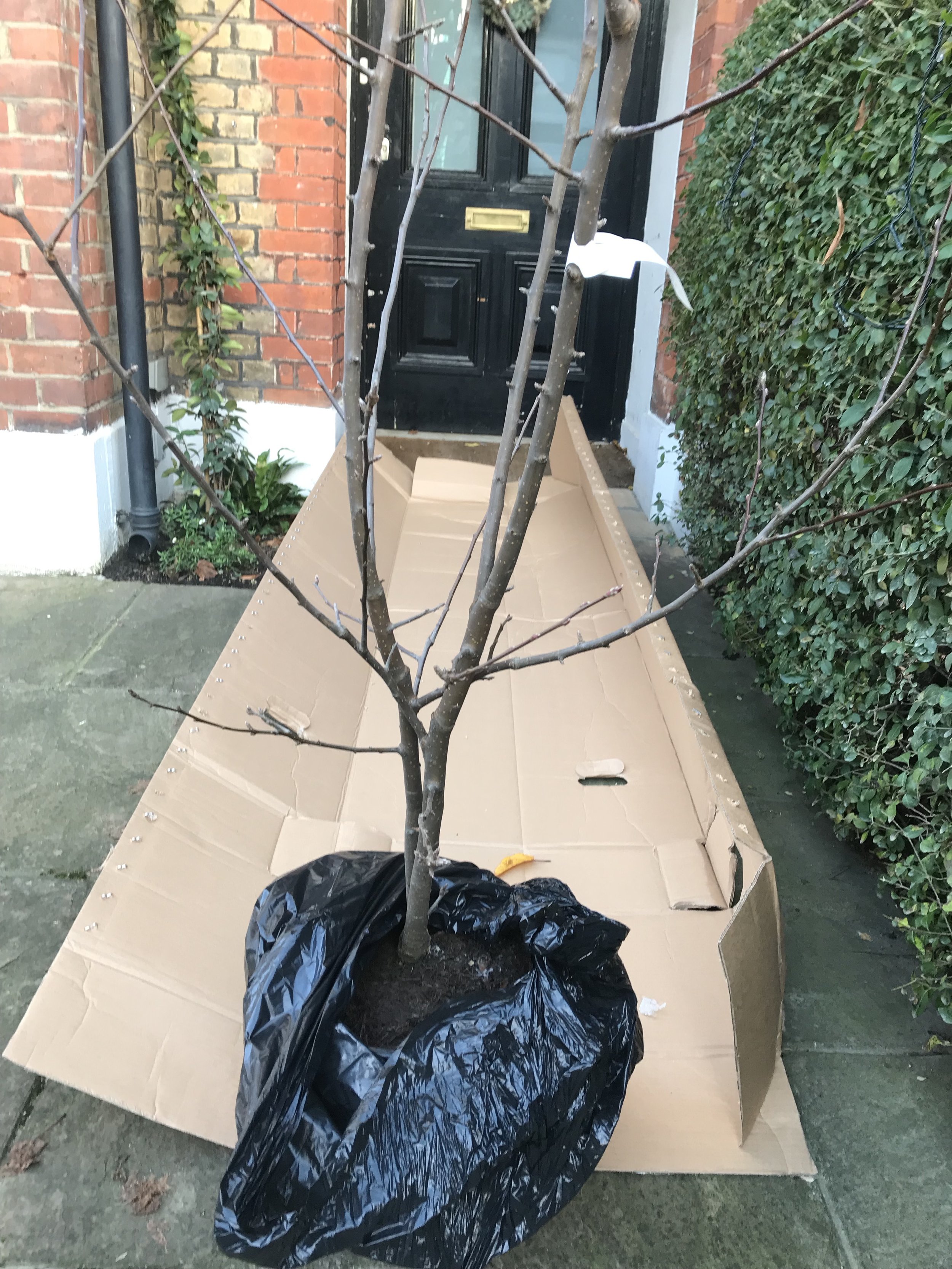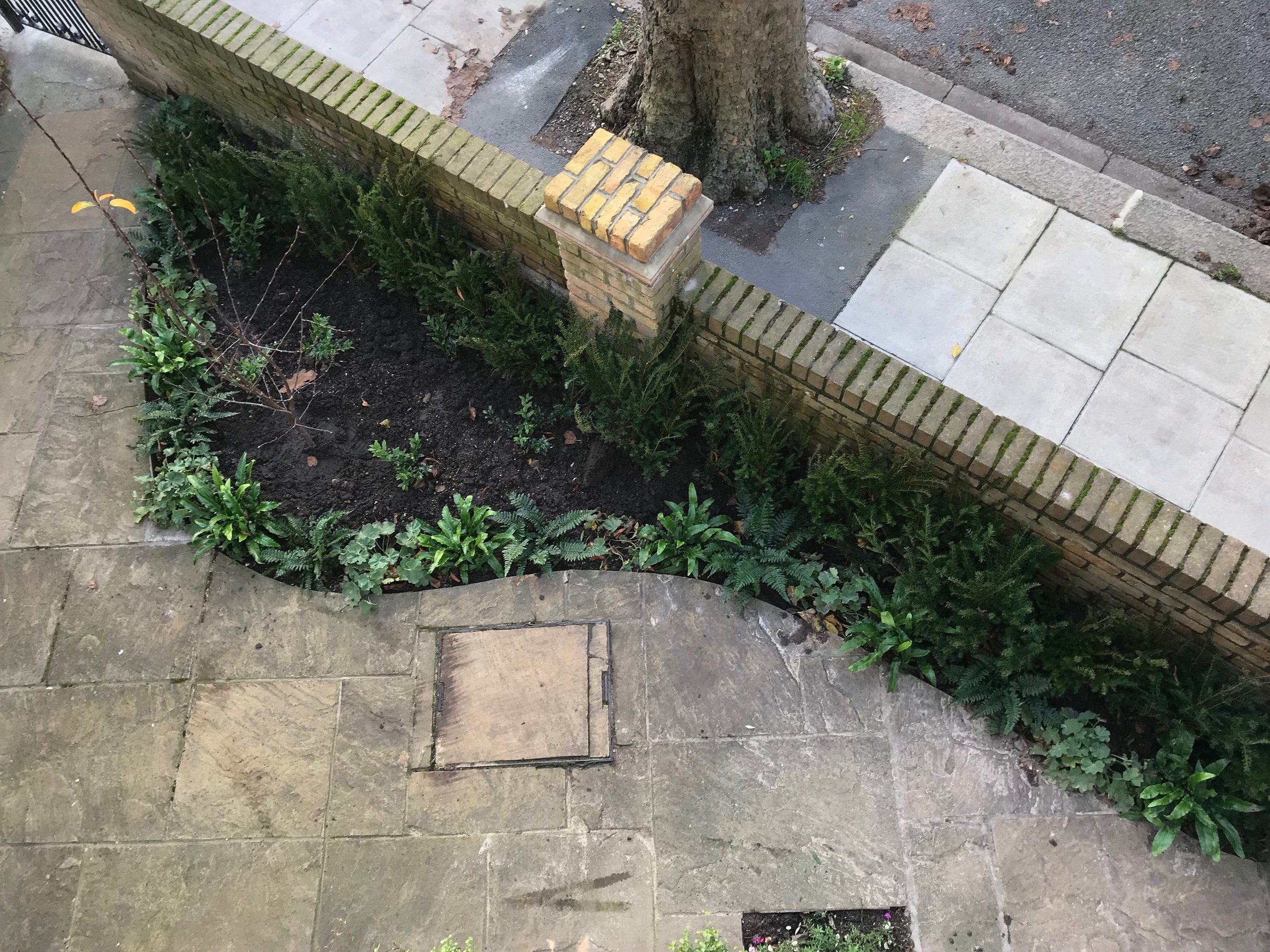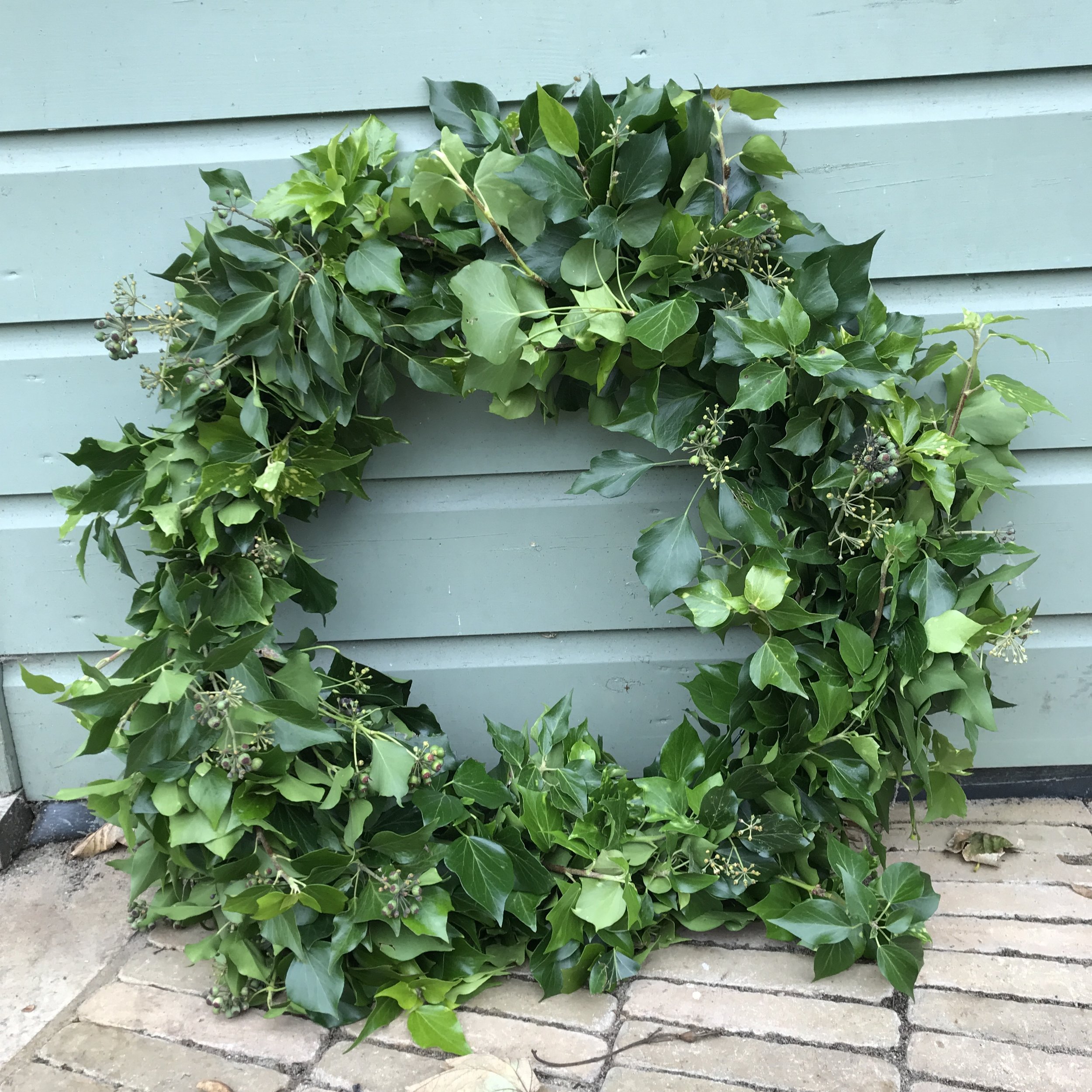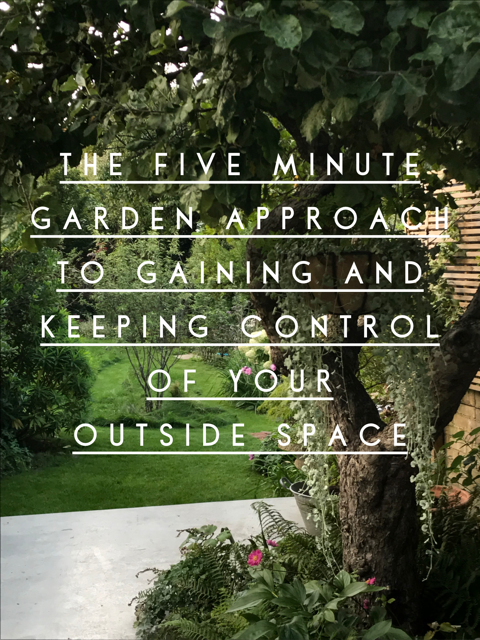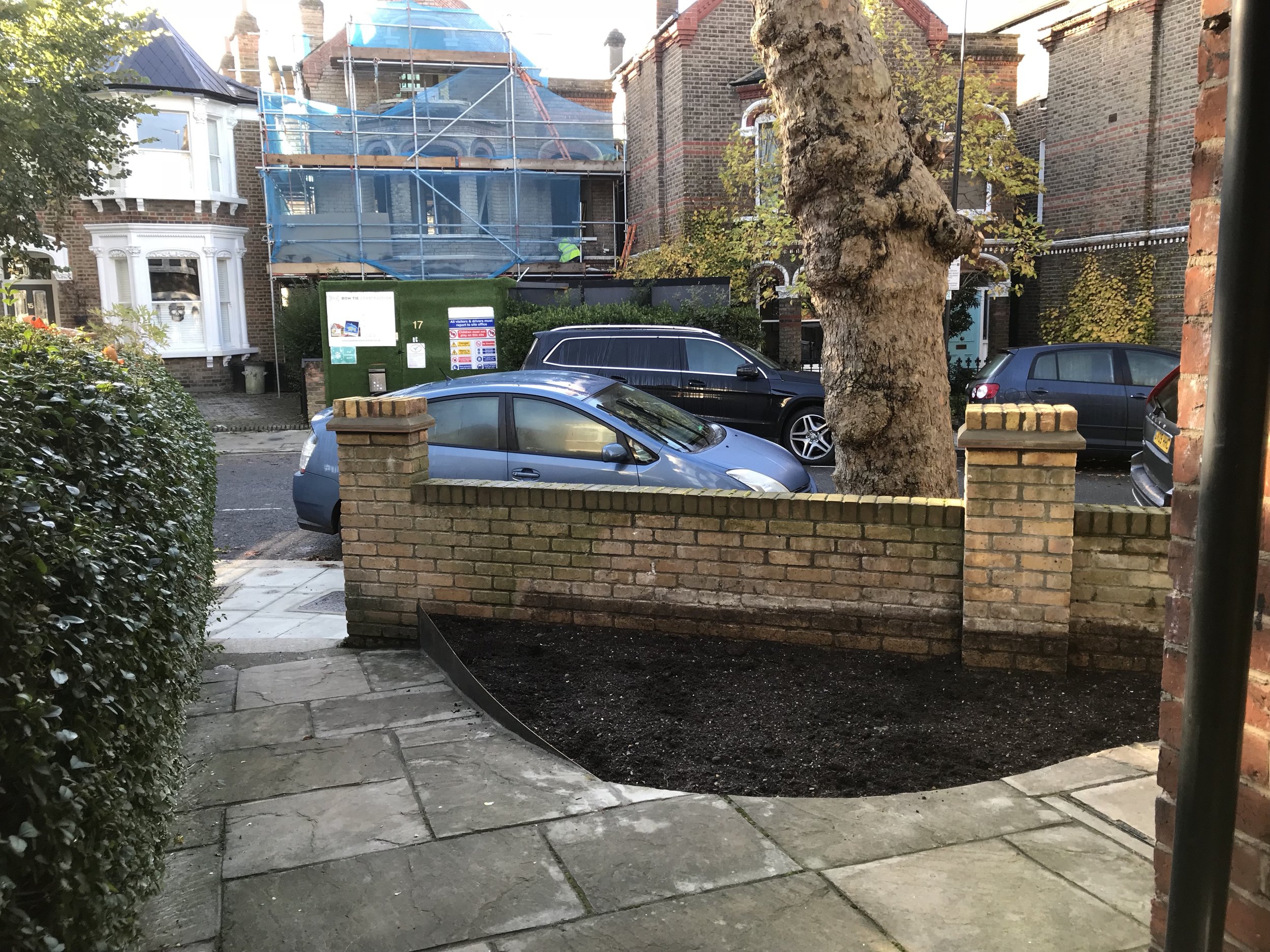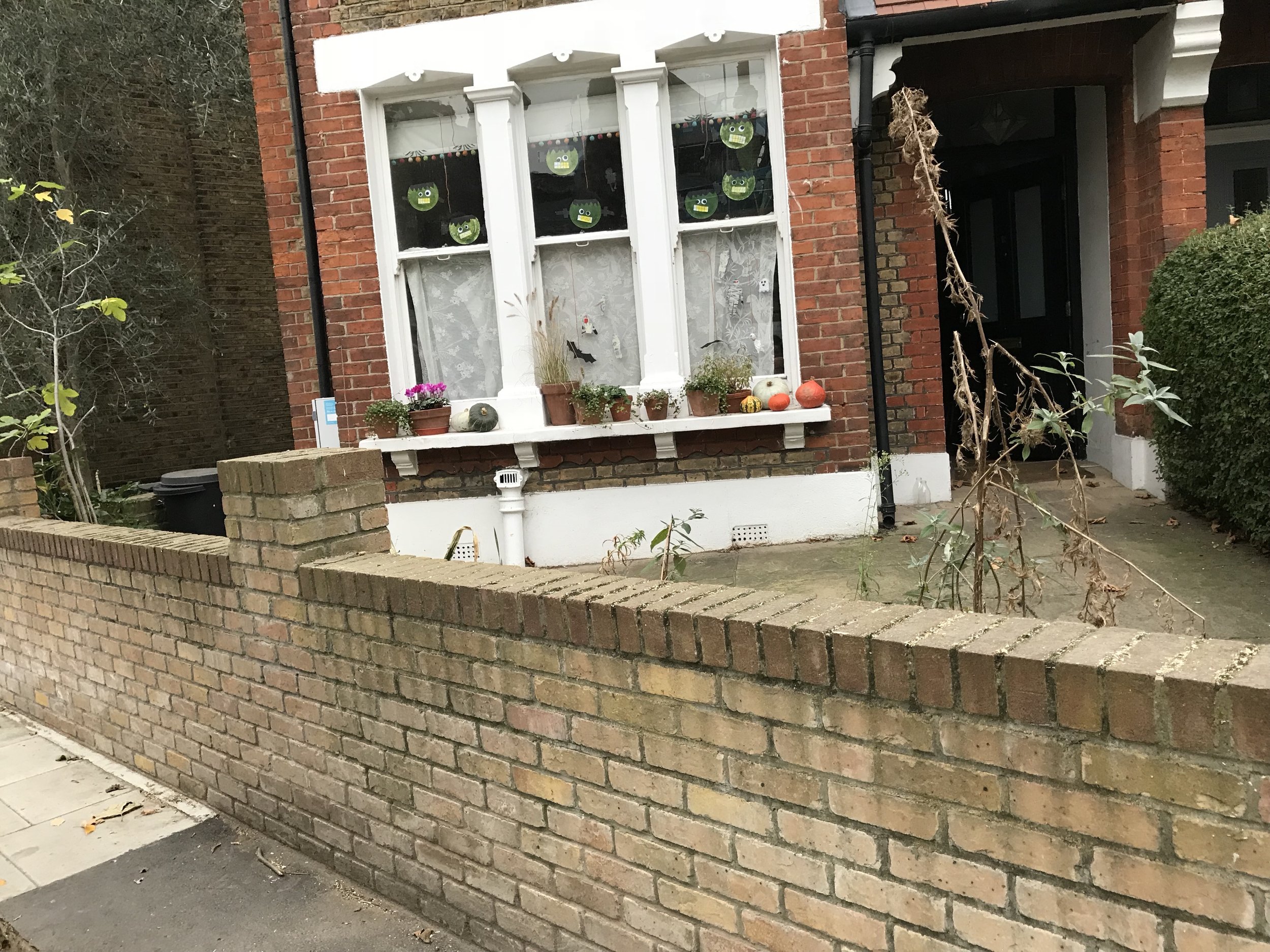I’ve been banging on for a while about how I keep a handle on my (rather large) garden, in tiny five minute bursts each day. It all began with a decision to stop doing what I had been doing (letting everything get to crisis point and then having to spend hours and hours at a time to regain control) and try a different approach to see where it led me.
It led me to a garden that never got on top of me
A garden I was excited and happy to venture out into
A garden that did what it was supposed to do: bring me and my family joy.
Up until recently I’ve been happily chugging along, deciding randomly the things I’m going to tackle for each five minute burst…
But I’m well aware that although I may FEEL like a beginner, I’m actually not and that deciding what to do each day is sometimes more of an obstacle than the DOING of the thing, especially when you are unsure of yourself. For example: if you’re not sure about how to proceed with your rambling rose, then the chances are you’re going to avoid dealing with it completely for as long as possible. That’s okay of course (there’s nothing lovelier than an out-of-control rose) - until, that is, you want to go out and play in the garden.
So I started to cast around for a system that would help me get around to everything, with minimum agonising.
I decided to lump all the stuff that ALWAYS needs doing into a quick five minute burst, and then allocate a separate, more specific enterprise to each day. This worked beautifully, except that it didn’t allow for all the other, perhaps less important, but more detailed stuff, like planting containers, or looking after your pond, or maintaining your garden furniture.
Then I found THIS.
I love watching people clean things; especially when they are all jolly and up-beat about it. I don’t enjoy cleaning my own house (in fact I pay someone else to do it for me), so quite why I love watching other people clean theirs is beyond me…but I have decided not to judge myself and just go with it. Anyway, this lady, Gemma, has devised something called ‘The Organised Mum Method’ and every day she’s there, on Instagram, encouraging others to get their mops and dusters out and zip through the housework fast and efficiently, so that they can enjoy the rest of their lives without being plagued by dirt - FABULOUS! I LOVE HER!
Like me, she has a daily task system, but she also has something she calls ‘The Friday Focus’ - a set of eight distinct areas that she tackles in rotation, to go ‘deeper’ than just bog standard cleaning (i.e. empty the crumbs out of the toaster). I took this idea into my garden, creating a set of ten things to tackle on Fridays in rotation (or indeed, that I could just pick and choose from).
So that was rather a long-winded introduction, but here is my Five Minute Garden approach, and I hope it helps some of you get out there and enjoy your outside spaces again!
The five minute method to keep your garden beautiful
The Basic Stuff: watering, weeding, sweeping, tidying – Do as much as you can in 5 minutes.
Watering. All containerised plants in summer
Weeding. Pick a spot, start the timer, ready, set, go! Two trays or trugs: one for composting, the other for council or black bin.
Sweeping. Sweep or blow out steps, paths and terraces. Compost leaves.
Resetting and tidying. Cushions out, umbrellas up, lights and candles lit and vice versa at the end of the day.
The Daily Enterprise: Each day you do something different
Monday spruce – 5 minutes
This little enterprise sets you up for your week. It’s a general garden tidying mission – it comprises all the baseline jobs but over the entire garden. That means you’re not getting into detail – no perfectionism here, but you will get round the whole garden. Tidy away anything out of place, weed anything that’s obvious when you view the entire space, roughly sweep/blow all terraces, steps and paths and water anything that needs a drink.
Tuesday chop – 5 minutes
This is everything chopping and tying in. Get those secateurs and do the dead, diseased and dying dance. Next, tackle any tree or shrub branches that need pruning or shaping. Tie in anything that needs training. Put everything into a bag for council composting, or chop up fine for home composting. Mow and edge the lawn (summer).
Wednesday affair – 5 minutes
This involves moving and planting. Take stock. Lift and divide perennials that need it in autumn, move (or remove) anything that’s not working and replace with something else. Sow seed, prick out, pot on, plant out. Plant bulbs in autumn
Thursday fuss – 5 minutes
This is simple deadheading and fussing. Glass of wine, finger and thumb. Compost or vase. Also feeding containers in summer
The Friday project. - 5 minutes: Go deeper. Pick and choose from list below, or follow the list in rotation
Week 1: terrace or patio, steps and paths, windowsills, balconies
Wash with a strong hose stream or pressure wash and/or scrub with baking soda/vinegar to remove any slippery mould. Weed between cracks.
Week 2: lawn
Weed out any dandelions. Deal with any bald or yellow patches.
Week 3: flower beds
Get between the plants and search out hidden weeds, prune out any dead, diseased or dying matter, dead head in summer, divide in autumn, mulch in winter.
Week 4: containers
Re-pot in spring, feed and deadhead in summer, plant up in autumn and spring, mulch, weed, etc.
Week 5: topiary
Clip, feed, mulch according to season
Week 6: compost
Turn the heap, add green or brown waste/ bulking agents etc.
Week 7: tools and shed, greenhouse
Tidy away anything that’s out of place, brush down surfaces, clean and sweep/ wash floors
Week 8: pond or water features
Remove weeds and/or fallen leaves, add oxygenators.
Week 9: indoor plants
Wipe leaves to remove dust, turn plants, pot on or propagate as necessary
Week 10: garden furniture
Brush down and wipe clean
If your garden is mostly indoors, simply pick a secondary task that applies to you from the list above and repeat on Fridays (or sit back and do nothing!)
Essential things:
In order to use your 5 minutes effectively, you need to work towards:
1. Having your tools, outdoor shoes and gloves easily accessible
2. Having water easily accessible, in cans or a hose, ready to use
3. Having only large containers (wider than 40cm diameter)
What if there’s a massive job to be done?
If you have a huge job that needs doing , simply add it to your basic list, and do it instead – so for example you could make mulching the garden your basic enterprise for an entire week – a trug-full a day.
What if I only want to garden at the weekend?
Yes of course you can adapt this approach to the weekends if you prefer to garden then. Simply do 25 minutes of basic stuff on Saturday and the weekly stuff on Sunday, (or mix it all up into one big burst…) up to you.
And finally: A note about the five minute thing:
If you’ve been following along for a while, (and perhaps using the five minute approach to gardening) you’ll know that the timing aspect of it can be pretty elastic sometimes. There are days when you’ll have time (and inclination) to stay and keep going for much longer than five minutes, and there will be other days, when you can literally only manage 300 seconds. The point is that we can ALL stop what we’re doing and go outside for five minutes. That’s the idea that gets us out there and doing something positive. All this to say that yes, you can take this whole thing totally literally if you like – set a timer and do proper five minute bursts, and your garden will look lovely, and you will benefit too, because you went outside…but you can also let the mood take you for longer, and you’ll be able to go a bit deeper, and understand your garden a bit better…it’s not set in stone; it’s up to you.

